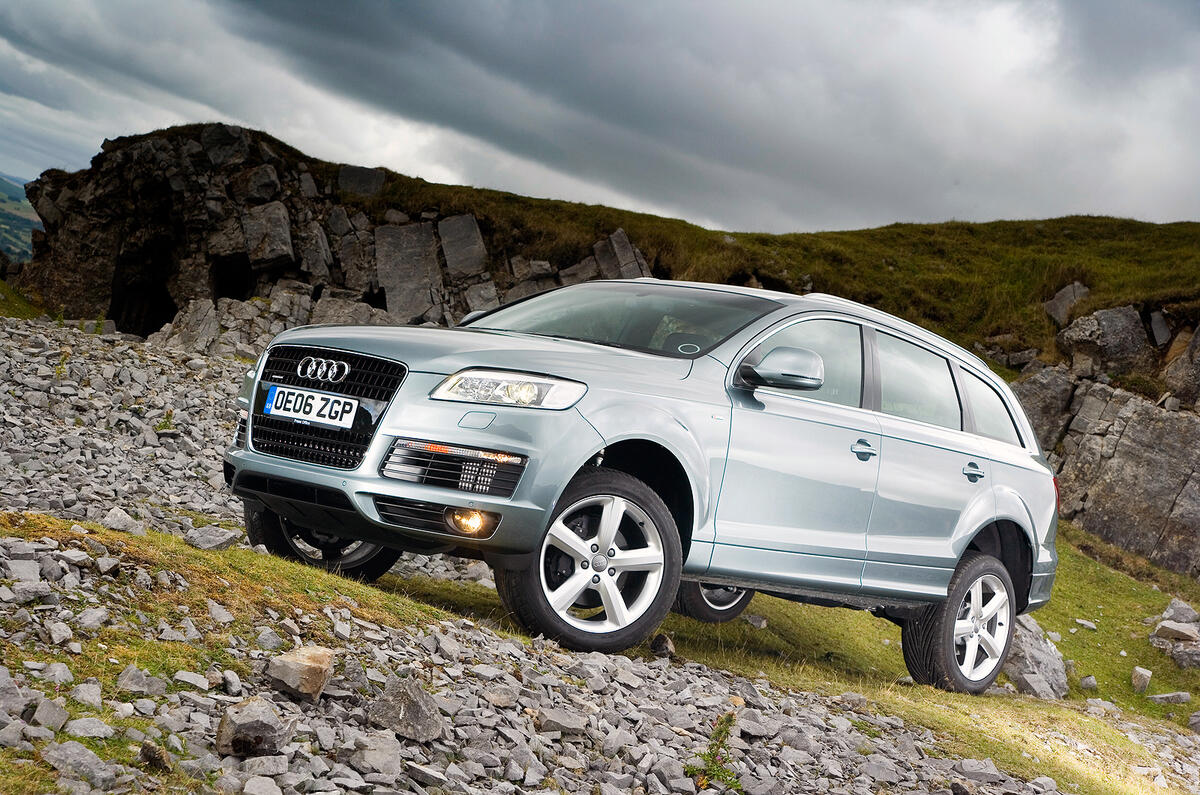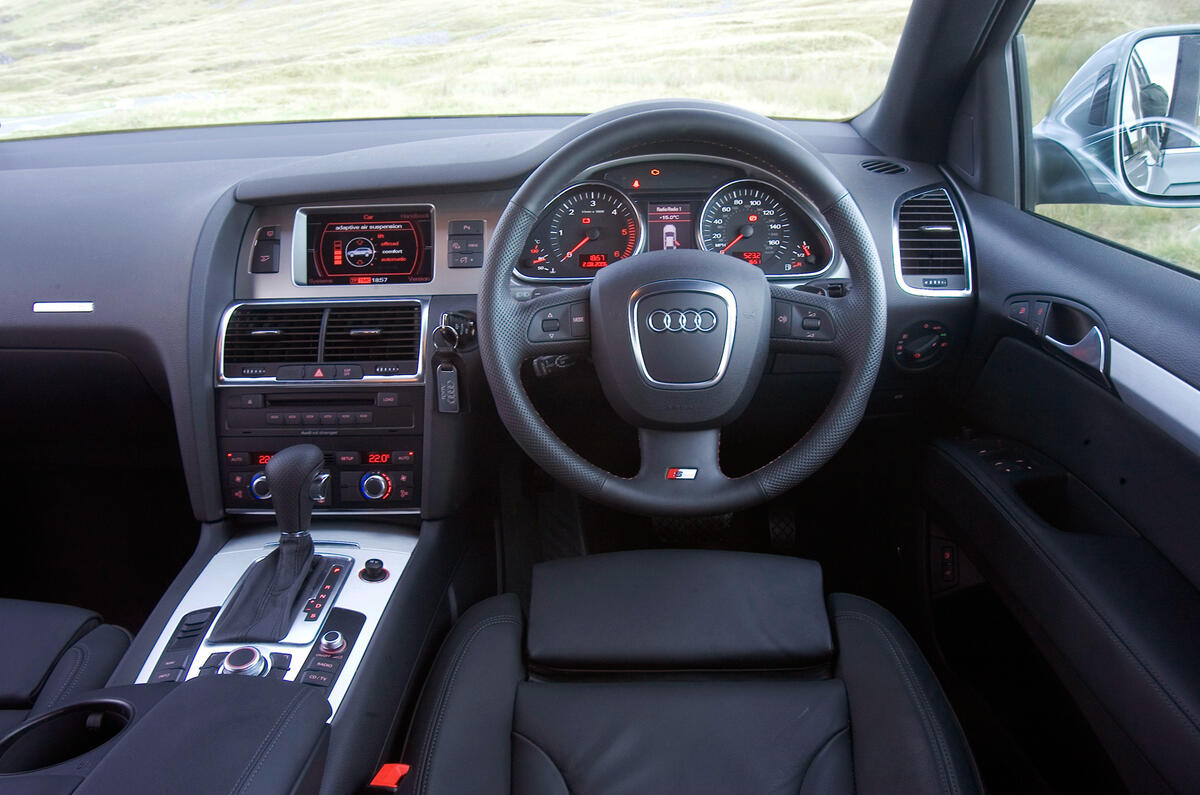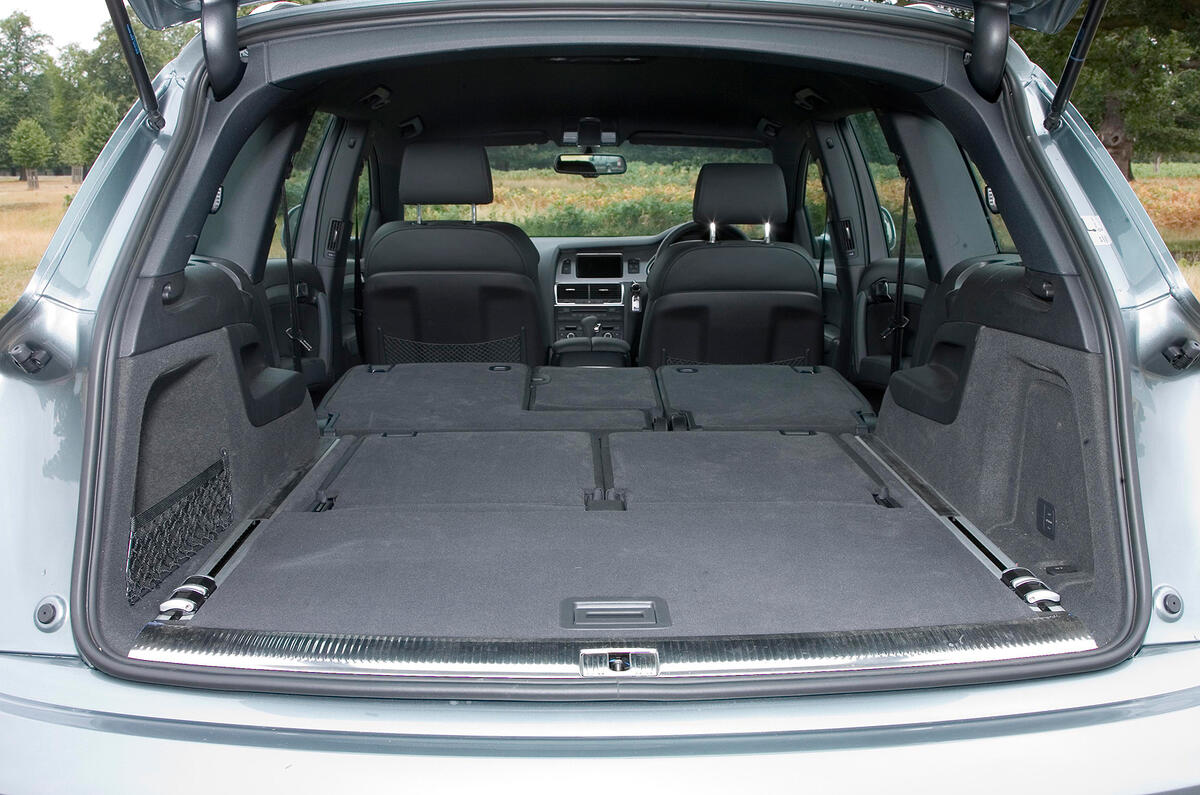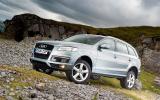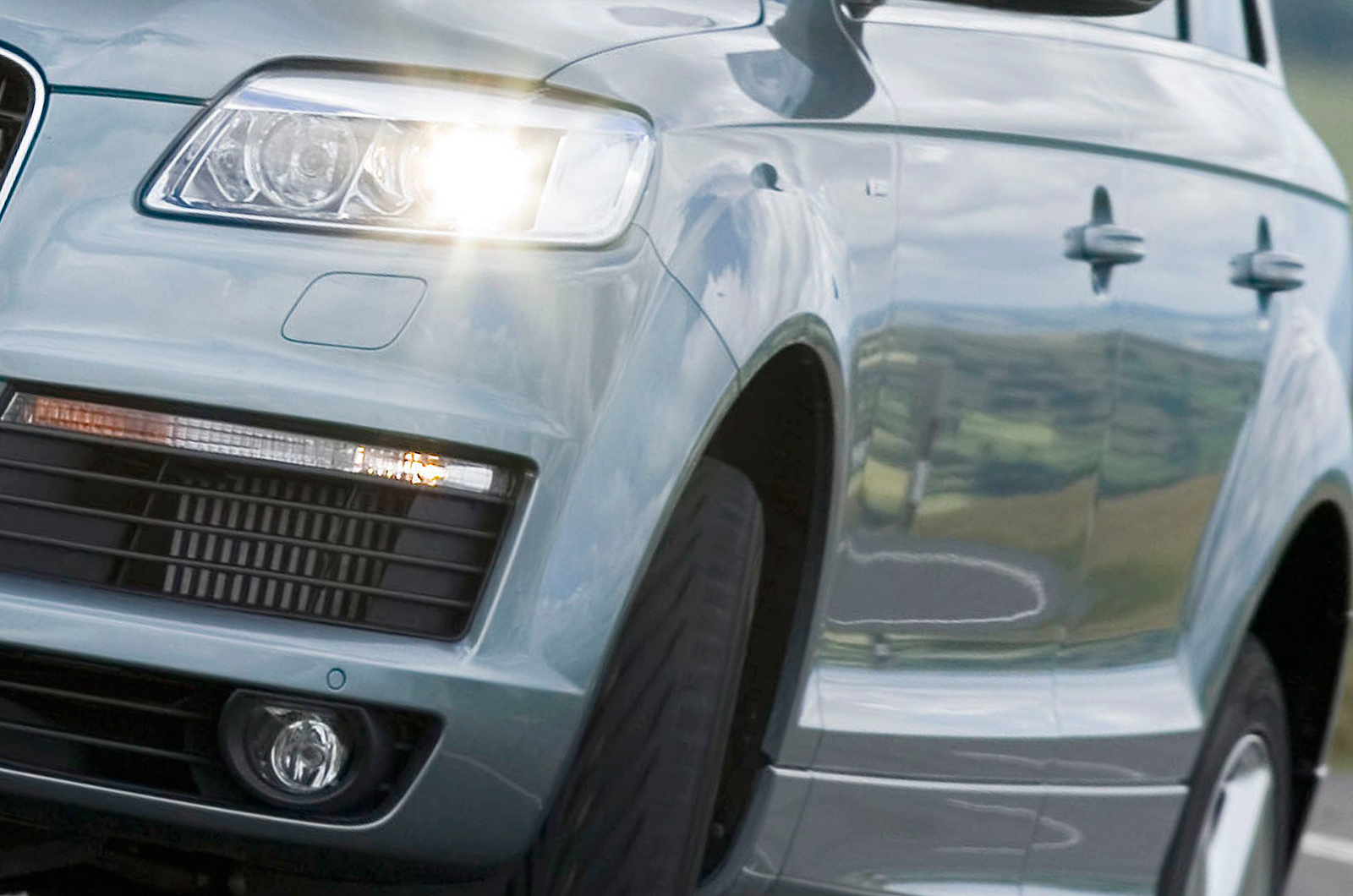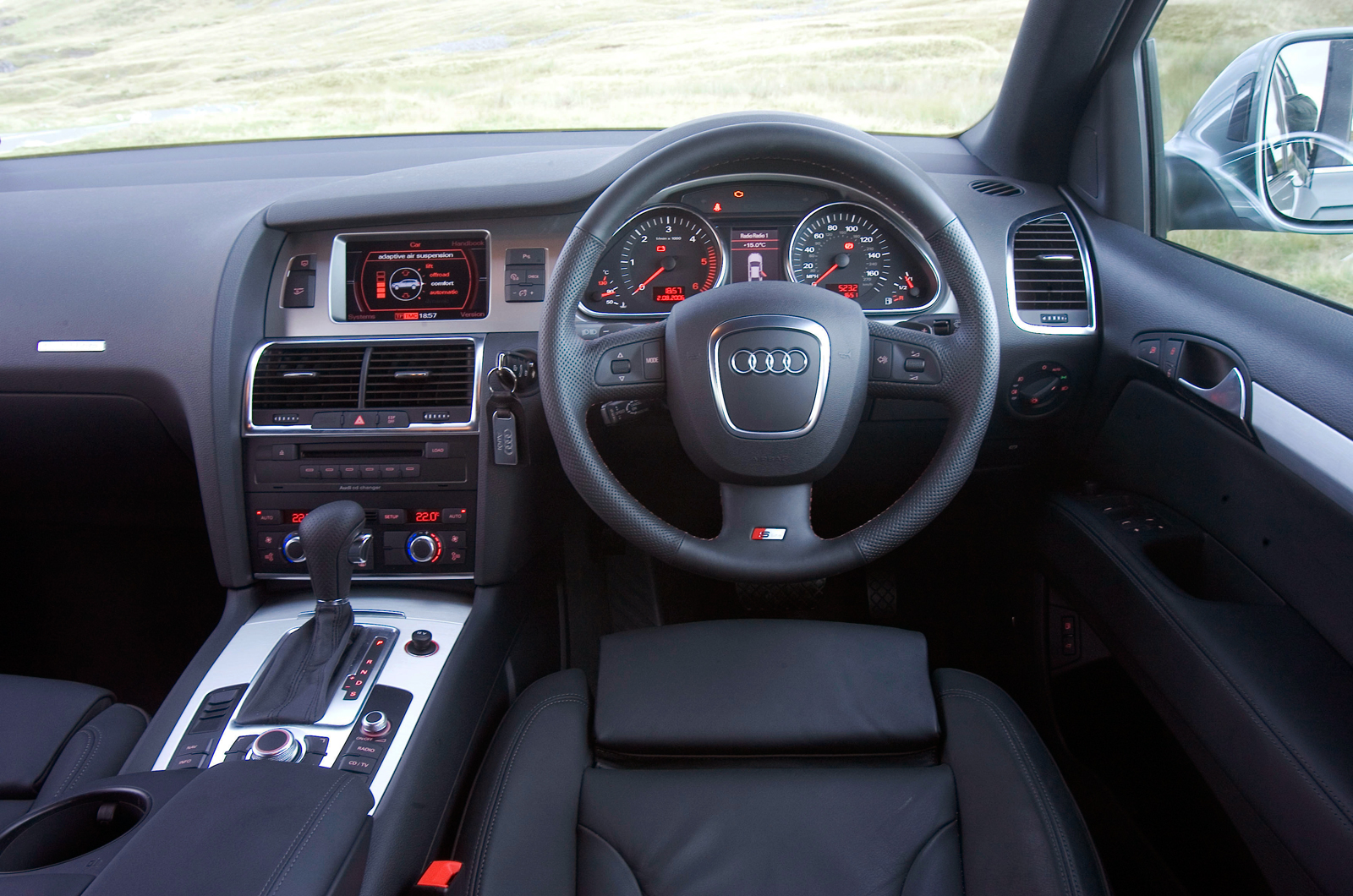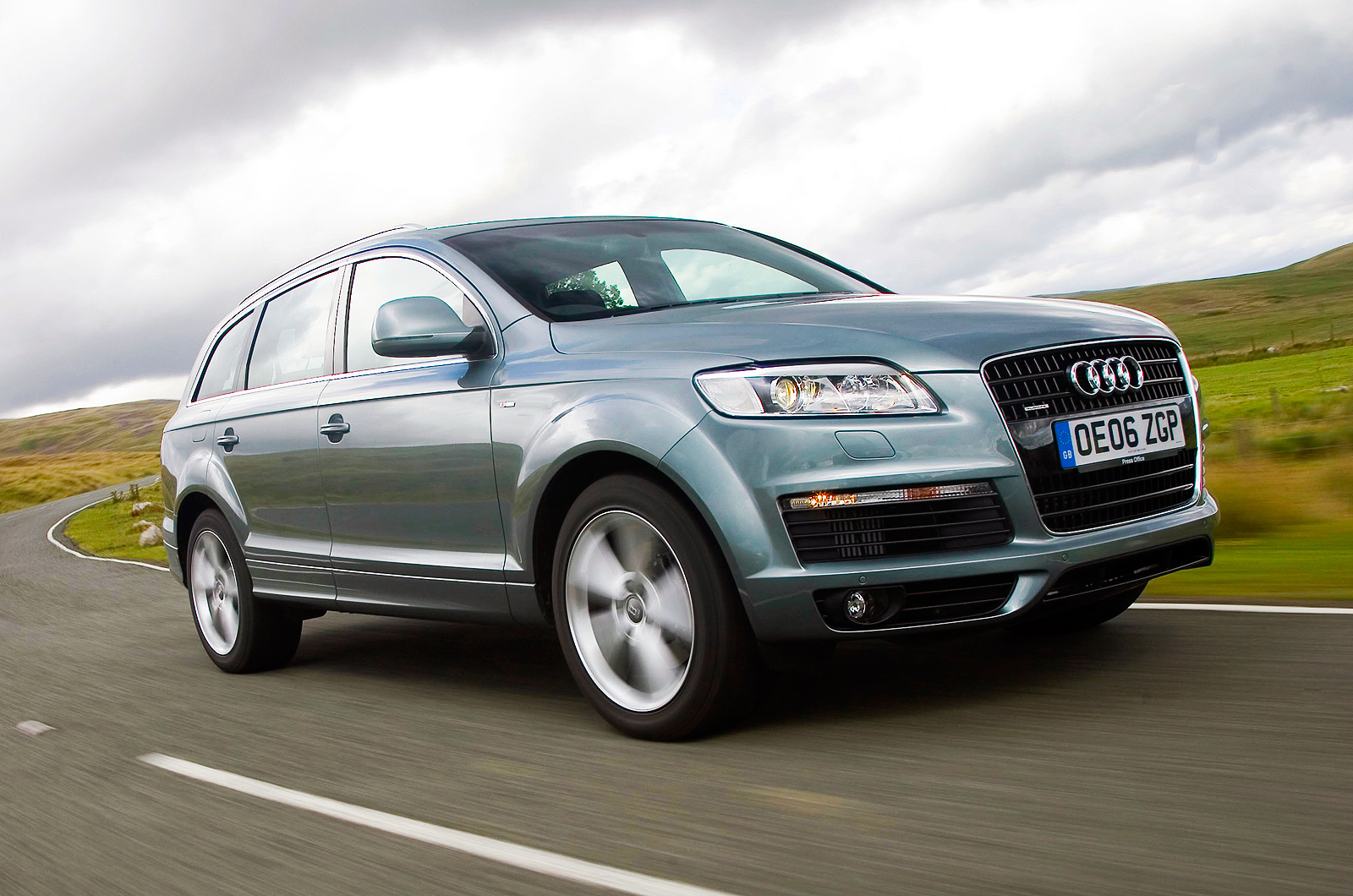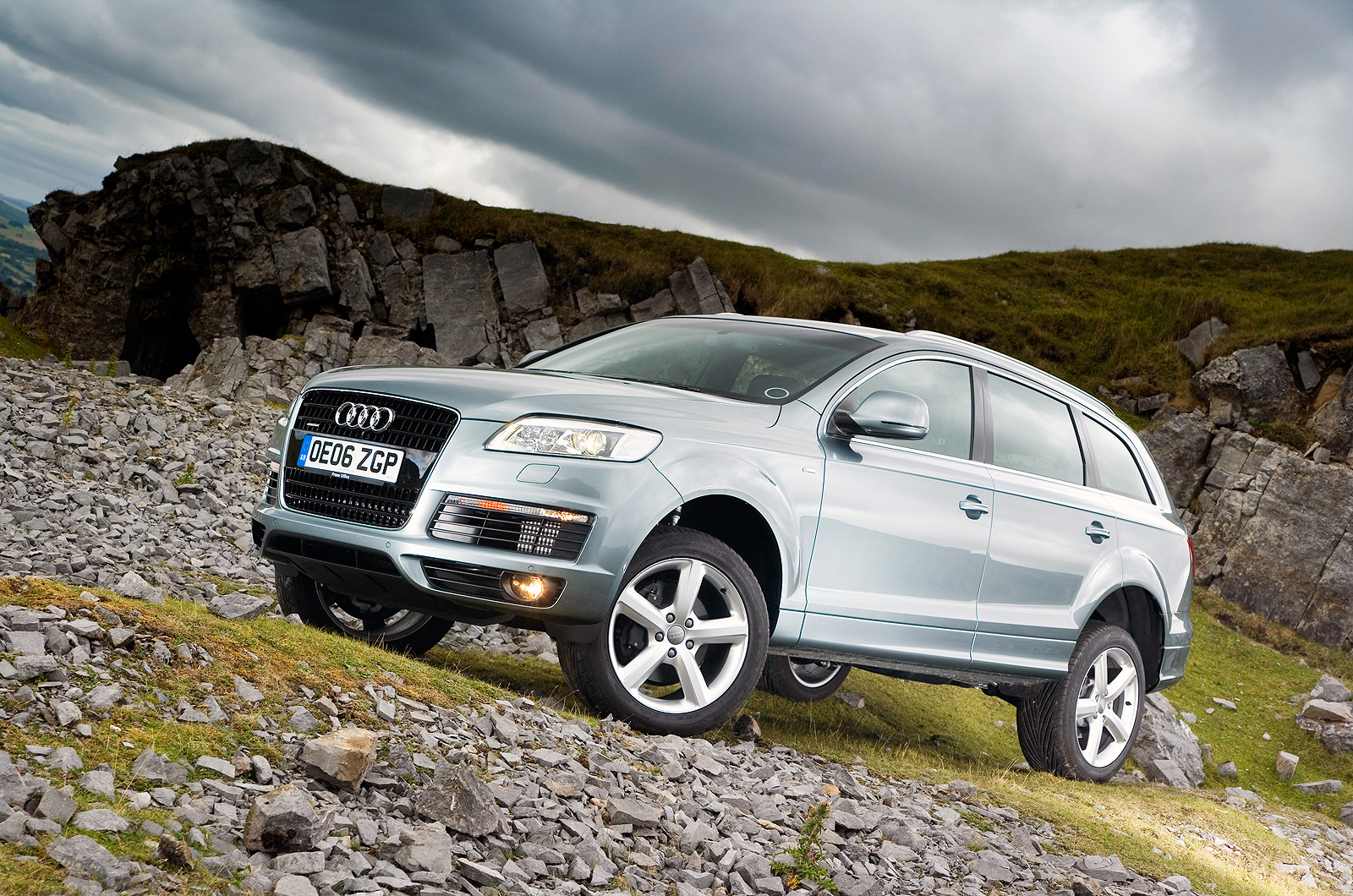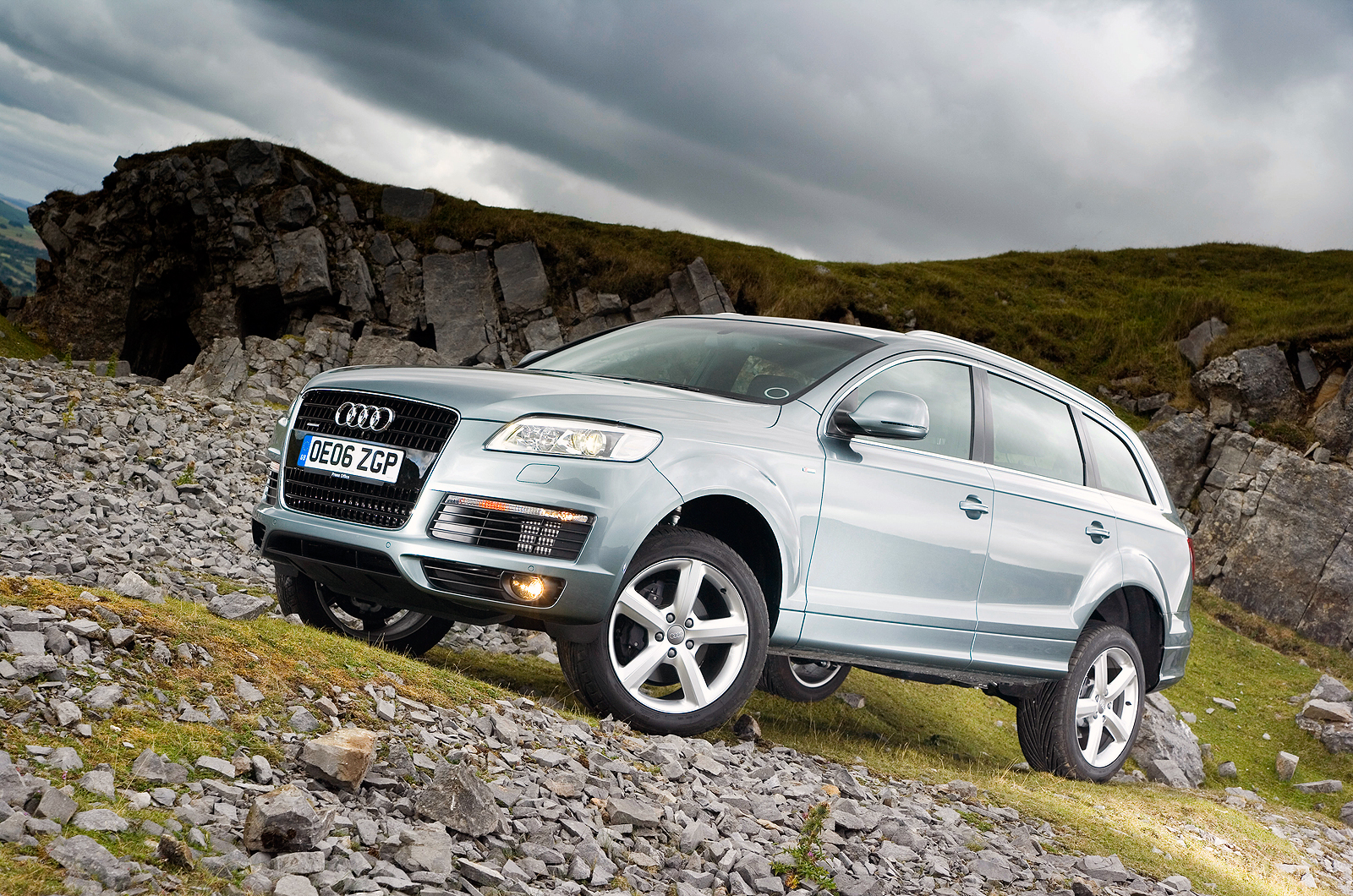Ever since its launch, we’ve rarely had much trouble controlling of our admiration for the Audi Q7, Ingolstadt’s outsize, full fat SUV. And this is strange because in theory it should be one of the company’s most convincing cars.
Audi has rarely been susceptible to accusations of lacking style, but substance? That’s proven a somewhat happier hunting ground for those who’d like nothing more than to see Audi fail. But you can’t accuse the Q7 of that, not unless you’re looking at it from the point of view of the driver of a Hummer H1 or a Peterbilt truck.
There’s so much substance it extends to over five metres in length and almost two in width. The Q7 is a vast, hulking beast, Hagrid on wheels relative to most normal cars and about as attractive too.
Yet it exists because to many people it provides the answer to one of life’s great paradoxes: how do you drive a car both you and your neighbours will regard as inherently desirable after you’ve ended up with more children, pets and clobber than perhaps you originally intended?
At first Audi had the field almost to itself with only the Land Rover Discovery offering the space, seven seats and a badge to keep our inner snob calm.
But these days there’s competition from almost every corner: the Mercedes-Benz GL is a dedicated seven seater, the BMW X5 now comes with a third row option, while even the designers of the first generation Range Rover Sport have recognised that seven seats means sales now in places where once there were none.


